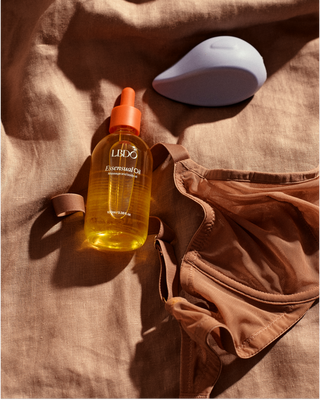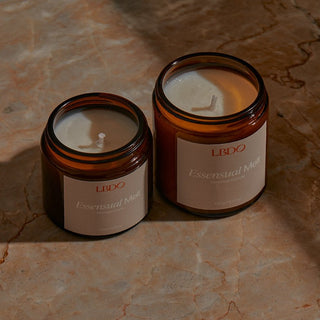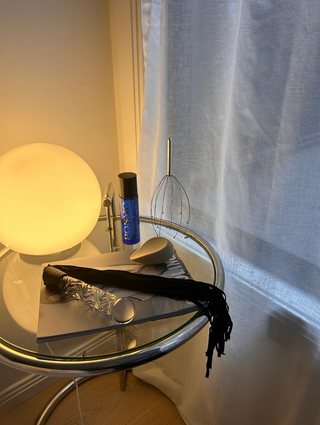The concept of period syncing is kind of like magic, or manifesting, or fairies, or the way characters in the Twilight series imprint on each other. It sounds cool, it kind of makes sense and you want to believe it’s real because it’s a cool idea. It’s a topic that’s been in conversations amongst women and people who get periods (probably) since the dawn of humanity. There’s a lot of confusion about whether it’s backed by science or just anecdotal tales. And, in reality, like a lot of topics related to women’s reproductive health, it has been under researched, so there isn’t a whole lot of conclusive information about it. But here’s what we know.
What is period syncing?
Period syncing is a phenomenon that refers to when women who spend a lot of time together in close proximity start getting their period at the same time of month. It’s been noted amongst close friends, housemates, co-workers, cellmates and partners. Some people swear by it, while others dismiss it as just another urban myth. The concept of period syncing may appear quite mystical and magical, but there is actually some science behind it. The theory is that when women live in close proximity, their pheromones - hormone-like chemicals that are released by the body and can influence others - interact with each other and become aligned. Essentially, the idea is that pheromones can send signals to other women’s bodies to match their menstrual cycle to each other. It’s also possible that factors other than pheromones may be responsible for the synchronisation of menstrual cycles, such as similar routines, lifestyles, diet, changes in body temperature or behaviour.
What do studies show?
Alexandra Alvergne, associate professor in biocultural anthropology at the University of Oxford, reviewed a bunch of evidence in 2016. She hypothesised that women throughout history synced their periods to avoid being vulnerable to a single dominant man - that if all the women had their periods at the same time it would provide protection and allow them to better care for each other. In 1971, 135 female college students were studied by a researcher called Martha McClintock, who found that periods starting at similar times was, in fact, more common amongst friends than with strangers. However, some people think this sort of research was popularised and validated by the strength of the burgeoning feminist movement, which sought to believe in female co-operation.
Several other studies have been conducted into the concept of period syncing, with ambiguous results. One study published in the Journal of Obstetrics and Gynaecology showed no evidence of menstrual cycle synchronisation between women who spent time together, while another study led by researchers at the University of Oxford found that out of a group of 186 women, 79% reported “period syncing” with friends, family members or co-workers. Other studies have shown period syncing is strongly related with chance - the more time you spend with someone, the more likely your cycles will line up just due to time.
So where does that leave us?
While we don’t have firmly conclusive, scientific evidence to support the idea of period syncing, many women and people who get periods still experience it. Period syncing is a natural phenomenon that has been observed for centuries. It kind of leads us to the question, are institutions of doctors and scientists the only people who can tell us if something is real, or can we also trust ourselves? Similar to the plight of people with different reproductive disorders such as endometriosis and PCOS (polycystic ovarian syndrome) that don’t have their reality and bodies validated by the medical establishment, we can gather that research into female reproductive health is sorely lacking. Maybe in the future we’ll have more answers but for now, we’ll just have to continue on in the knowledge that sometimes things happen with our bodies that aren’t fully explained by science.












